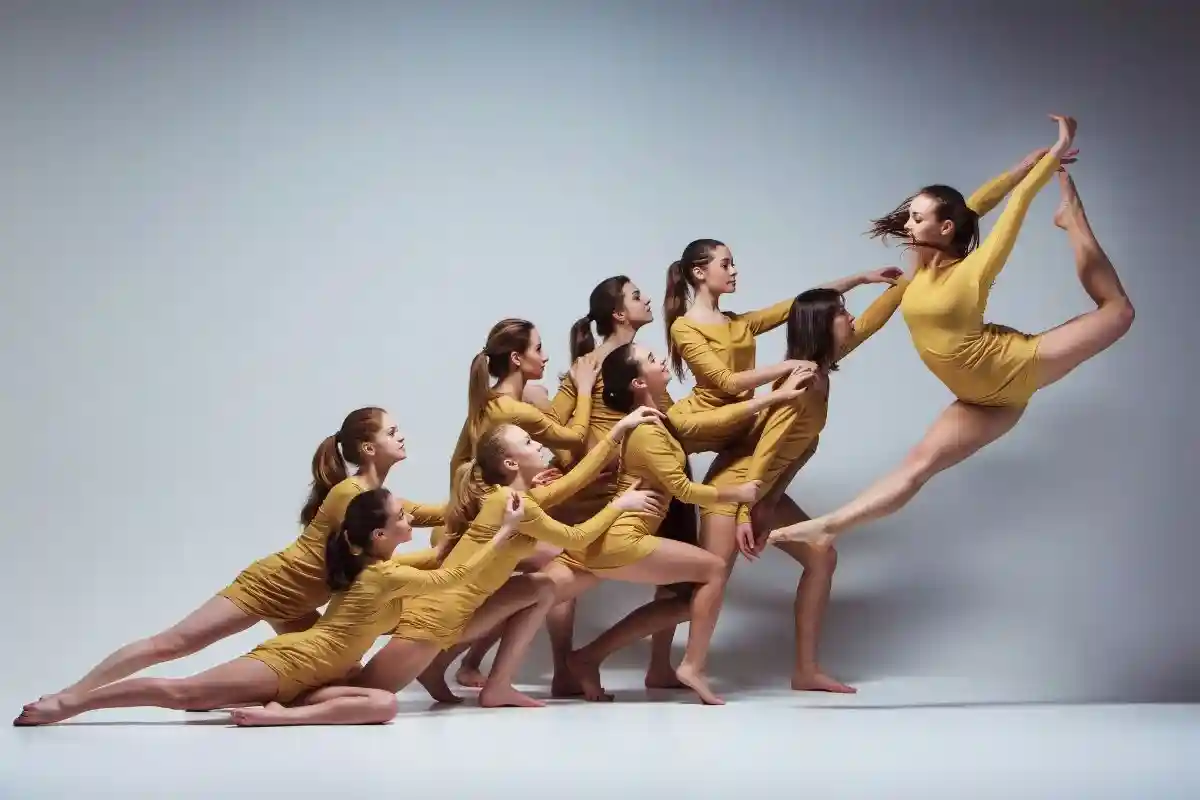Artificial Intelligence (AI) has revolutionized various industries, including the creative realm. AI art, which involves the use of algorithms and machine learning to create artistic pieces, has gained significant traction in recent years. However, as with any technology, AI art is not immune to biases that can impact the creative process and outcomes.
In this article, we will look into the importance of identifying and mitigating bias in AI art, explore common sources of bias, and discuss strategies to foster a more inclusive and equitable AI art landscape.
Bias in AI Art
Bias in AI art refers to the skewed or unfair representations that may arise in the creation, curation, or consumption of AI-generated artworks. These biases can stem from various sources, including the data used to train AI algorithms, the preconceptions of the artists and programmers involved, and societal norms and stereotypes.
It is crucial to recognize that AI systems are not inherently neutral but can perpetuate and amplify existing biases present in the data they are trained on. To effectively address bias in AI art, it is essential to first identify and understand the different forms it can take. Some common types of bias in AI art include:
- Cultural Bias: Cultural bias in AI art can manifest in the form of stereotypes or misrepresentations of certain cultures, ethnicities, or communities. This type of bias can perpetuate harmful narratives and reinforce existing power dynamics.
- Gender Bias: Gender bias in AI art can result in the underrepresentation or misrepresentation of individuals based on their gender identity. This can lead to the reinforcement of gender stereotypes and limitations on creative expression.
- Racial Bias: Racial bias in AI art can manifest in the form of discriminatory or prejudiced depictions of individuals belonging to specific racial or ethnic groups. This type of bias can perpetuate harmful stereotypes and contribute to the marginalization of certain communities.
Sources of Bias in AI Art
Bias in AI art can originate from various sources throughout the creative process. Understanding these sources is crucial for effectively identifying and mitigating bias in AI-generated artworks. Some common sources of bias in AI art include:
- Training Data: The data used to train AI algorithms plays a significant role in shaping the outcomes of AI-generated artworks. If the training data is biased or unrepresentative of diverse perspectives, the AI system may produce artworks that reflect and perpetuate these biases.
- Algorithm Design: The design of the AI algorithms used in art generation can also introduce biases. Biases may be unintentionally embedded in the algorithms due to the preferences or assumptions of the developers.
- Artist Input: The personal biases and preconceptions of the artists, programmers, or designers involved in the creation of AI art can influence the final outcomes. It is essential for creators to be aware of their biases and strive to mitigate them throughout the creative process.
Strategies for Bias Mitigation in AI Art
Addressing bias in AI art requires a multifaceted approach that involves stakeholders at every stage of the creative process. By implementing the following strategies, artists, programmers, and organizations can work towards creating more inclusive and equitable AI-generated artworks:
- Diverse and Representative Training Data: Ensuring that the training data used to teach AI algorithms is diverse and representative of various perspectives is essential for mitigating bias. By incorporating a wide range of voices and experiences in the training data, AI systems can produce more inclusive and accurate artwork.
- Algorithm Transparency and Accountability: Making AI algorithms transparent and accountable can help identify and address biases in AI art. By documenting the decision-making processes of AI systems and providing explanations for their outputs, creators can better understand how biases may manifest in the artworks.
- Bias Testing and Evaluation: Conducting rigorous bias testing and evaluation of AI-generated artworks is crucial for identifying and mitigating biases. By systematically analyzing the outputs of AI systems for potential biases, creators can take proactive steps to address any issues that arise.
- Community Engagement and Feedback: Engaging with diverse communities and soliciting feedback on AI-generated artworks can provide valuable insights into potential biases. By involving stakeholders in the creative process, artists and organizations can ensure that their artworks are respectful, inclusive, and representative of diverse perspectives.
The Future of Bias Identification and Mitigation in AI Art
As AI art continues to evolve and gain prominence in the creative industry, the need for effective bias identification and mitigation strategies becomes increasingly crucial. By acknowledging the presence of biases in AI-generated artworks and taking proactive steps to address them, artists and organizations can foster a more inclusive and equitable AI art landscape.
Moving forward, stakeholders need to collaborate, innovate, and prioritize diversity and representation in AI art to ensure that creative expression remains a powerful and transformative force for all.
Key Takeaways:
- Bias in AI art can arise from various sources, including training data, algorithm design, and artist input, impacting the creative process and outcomes.
- Understanding and identifying different forms of bias, such as cultural, gender, and racial bias, is essential for mitigating biases in AI art.
- Strategies for bias mitigation in AI art include using diverse training data, ensuring algorithm transparency, conducting bias testing, and engaging with diverse communities for feedback.
- Collaboration, innovation, and a focus on diversity and representation are crucial for creating a more inclusive and equitable AI art landscape.
To further enhance your knowledge and skills in the field of AI art, consider enrolling in the NYU Animation Industry Essentials online course and certificate program offered by Yellowbrick. This program can provide you with valuable insights and practical tools to excel in the dynamic world of AI art.




